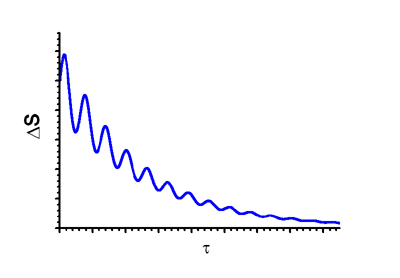Femtosecond phenomena
Due to progress in the generation, amplification and measurements of ultrashort light pulses, time scales of the order of the femtosecond became accessible. Ultrashort phenomena involve more than just the study od ultrashort lived events. Because of the large energy concetration in a fs optical pulse, this topic encompasses:
- the study of the interaction of intense laser light with matter
- transient response of atoms and molecules
- basic properties of the fs radiation itself
Why femtosecond pulses?
Note, one femtosecond is about half a period of red light. Various essential processes in atoms and molecules as well as interactions among them proceed on a fs time scale. These fast events are often primary steps for most macroscopic reactions in physics, chemistry and biology.
For instance, an electron in Rydberg state n=10 in Hydrogen atom has period of about 150 fs. Vibrational period of alkali dimers are equal to several hundreds fs.
Pump-probe experiments
Typically, femtosecond pulses investigate ultrafast processes in "pump-probe" experiments. The pump pulse excites the sample into non-equilibrium state. The delayed weak probe pulse investigates the change of an optical property, such as transmission or reflection. Repeating the experiments for various delays t, provides the function DS(t).
